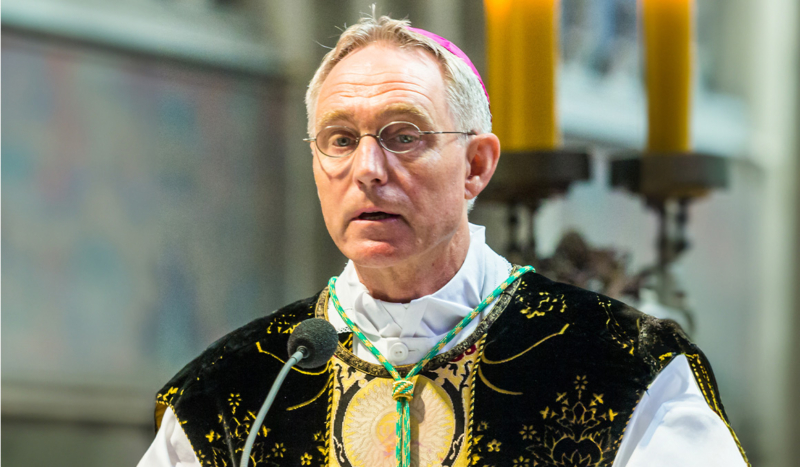
Raimond Spekking / Wikimedia Commons
CV NEWS FEED // Pope Francis has appointed Archbishop Georg Gänswein, the former personal secretary for Pope Benedict XVI, as the Apostolic Nuncio to the Baltic States of Lithuania, Estonia, and Latvia, the Vatican announced on June 24.
Archbishop Gänswein formerly served as the prefect of the Pontifical Household. He was Pope Benedict XVI’s personal secretary both during his papacy and retirement.
According to the National Catholic Register, “Pope Francis has blamed the archbishop for public reports of behind-the-scenes friction between Francis and Benedict during Benedict’s retirement.” The Register added that Pope Francis also criticized the Archbishop’s 2023 book about Pope Benedict XVI, “Nothing but the Truth: My Life Beside Benedict XVI,” as having “untrue statements.”
In 2020, Pope Francis removed Archbishop Gänswein’s powers in the position of prefect of the Pontifical Household, but permitted him to retain the title. Archbishop Gänswein also eventually moved to the Archdiocese of Freiburg, Germany, where he has resided since, without a formal assignment, until this appointment as Apostolic Nuncio.
The new assignment is fully residential, and Archbishop Gänswein will reside in Vilnius, the capital of Lithuania.
Pope Francis visited the region, which has strong Christian traditions, in 2018. Lithuania, along with Estonia and Latvia, borders the Baltic Sea. These countries are also known as the Baltic States. Pope Francis visited the region, which has strong Christian traditions, in 2018. At the time of a 2018 Pew Research article’s publication, 77% of Latvia’s adult population was Christian, and 23% of adults self-identified as Catholic. At the same time in Estonia, 51% of the adult population was Christian, and 1% of the adult population self-identified as Catholic. According to Pew, in 2018, 93% of Lithuania’s population was Christian, and approximately 75% of the adult population self-identified as Catholic.
Additionally, the original painting of the Divine Mercy resides in the Shrine of Divine Mercy in the capital of Lithuania. St. Faustina Kowalska, a 20th-century Polish nun, commissioned the painting while she lived at a convent in Vilnius, after she received the request from Jesus in a vision.
In a 2022 interview with Catholic News Agency, Archbishop Gintaras Grusas of Vilnius explained, “St. Faustina, because of her illness, was brought back to Krakow by her superiors. But she left the painting in Vilnius because it was the property of her spiritual director, who paid for the painting.”
During World War II, the USSR. forced the Baltic States to come under Soviet occupation. Later, under the communist regime, the convent where the Divine Mercy image hung was forced to close, according to CNA. The image was moved to the safety of another church, and later another. The Baltic States became independent of the Soviet Union in 1991.
In 2005, the Divine Mercy image was finally permanently hung in the Church of the Holy Trinity, which later became the Shrine of Divine Mercy.

